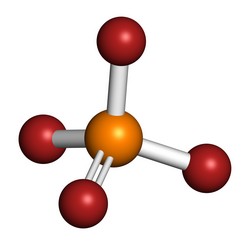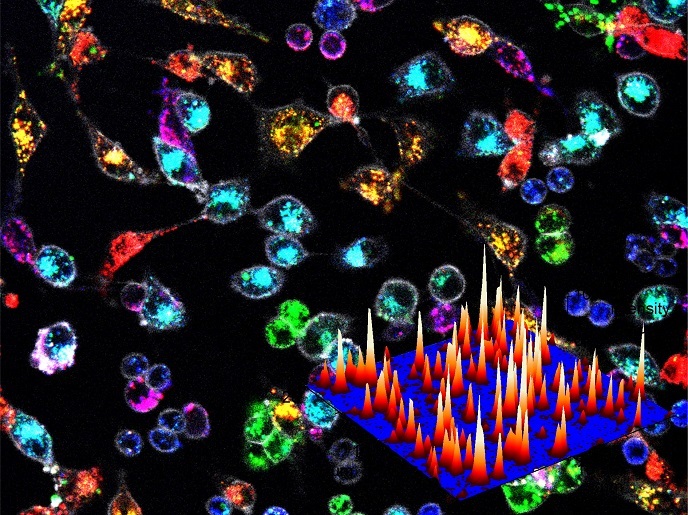Chemistry behind phosphate processing in enzymes
Phosphate ester hydrolysis is an important class of chemical reactions in biology. It plays a central role in nucleic acid processing, energy storage, and signalling. However, the complex nature of the reaction has prohibited the complete delineation of the mechanistic details of phosphate ester cleavage. In addition, there is an active debate concerning possible reaction mechanisms. The EU-funded project PHOSPHOENZYMQMMM (Phosphate processing in enzymes: structure, dynamics and chemistry) performed large-scale structural analysis using available crystallographic structures from the protein data bank (PDB). This analysis led to the identification of conserved arginine residues in NTP hydrolysis enzymes. In this context, scientists discovered conserved arginine residues that played a central role in the reaction mechanism of dUTPase enzymes. By studying wild type and mutant enzymes using x-ray structure determination, biochemical experiments and computational modelling, they revealed the role of the arginine fingers that contact the gamma phosphate during the catalytic mechanism. This was identified for the first time in pyrophosphatase enzyme function. Overall, the consortium studied several phosphate catalytic enzymes including dUTPases and HIV reverse transcriptases (RT). They identified a new proton transfer mechanism via a conserved histidine and also demonstrated that binding of new inhibitors to these alternative pockets could affect the RNase H activity of HIV-RT, which is central for viral replication. The findings of the project, apart from insight into the mechanism of cleavage of the phosphorus-oxygen bond, have important clinical ramifications. Since phosphate hydrolysis is catalysed by the HIV RT enzyme, understanding the chemical mechanism behind its function will help combat the emerging issue of anti-retroviral therapy resistance by designing new drugs that target alternative binding sites.







